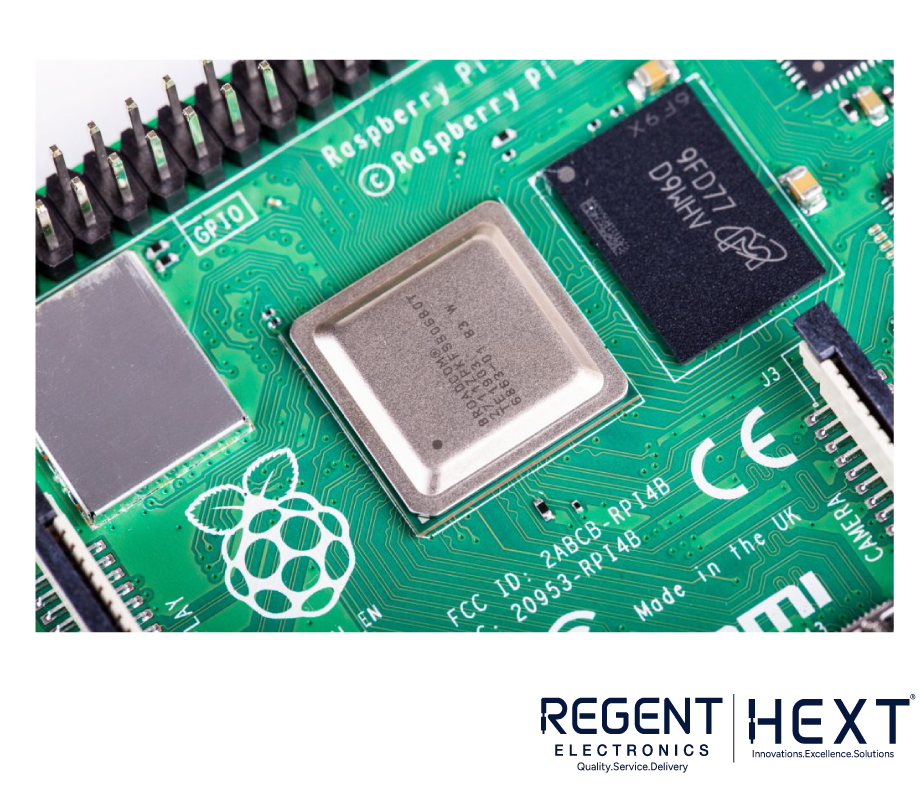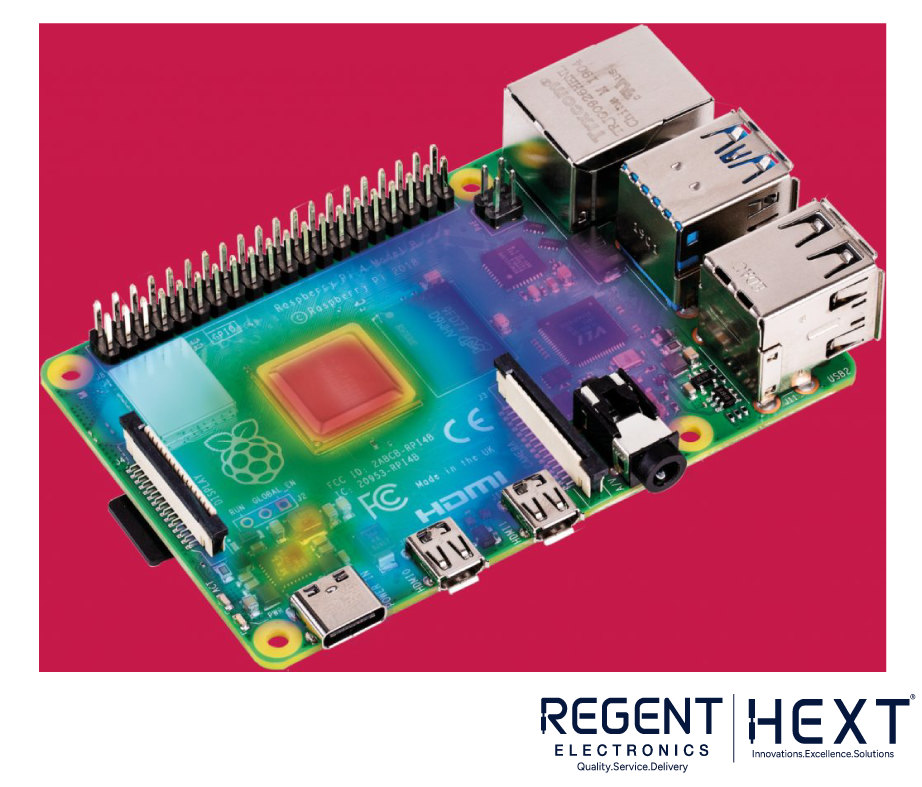
5 Pros and 5 Cons of Raspberry Pi
The Raspberry Pi is one of the most popular single-board computers available today. Whether you’re a tech enthusiast or just starting out, knowing the advantages and limitations of the Raspberry Pi can help you make an informed decision. In this article, we’ll discuss five pros and five cons of using Raspberry Pi.
Five Pros of Raspberry Pi
1. Vast Peripheral Support

The Raspberry Pi is equipped with 26 General Purpose Input/Output (GPIO) pins, which allow users to connect various hardware components such as sensors, modules, and displays. This makes it an excellent choice for embedded projects and learning about hardware interfacing. Additionally, the Raspberry Pi community has developed a wide range of accessories, including HATs, cases, fans, and heat sinks, making it a highly adaptable platform.
2. Multiple Sensor Compatibility
Thanks to its ample GPIO pins, the Raspberry Pi supports multiple sensors simultaneously. You can connect different modules, displays, and peripherals, making it suitable for projects involving IoT, automation, and robotics. This flexibility makes it a preferred choice for DIY enthusiasts and developers alike.
3. Supports Multiple Programming Languages
Unlike microcontrollers that primarily support C and C++, the Raspberry Pi runs a Linux-based operating system, enabling coding in various languages, including Python, Java, Ruby, and C#. This allows users to work on diverse programming projects and expand their skills without being restricted to a single language.
4. Faster Processing Power

With each new model, the Raspberry Pi has received significant performance upgrades. The Raspberry Pi 4B, for example, features a 1.6 GHz processor, making it faster than many microcontroller-based alternatives. This improved processing speed enhances performance for applications like web browsing, gaming, and media streaming.
5. Can Be Used as a Portable Computer

One of the biggest advantages of the Raspberry Pi is its ability to function as a mini-computer. When connected to a monitor and a keyboard, it can perform tasks similar to a traditional PC, including web browsing, programming, and multimedia playback. This makes it a budget-friendly alternative for those looking for a basic computing solution.
Five Cons of Raspberry Pi
1. Lack of Built-in Storage

Unlike many other single-board computers, the Raspberry Pi does not have internal eMMC storage and instead relies on a microSD card. SD cards generally have slower read/write speeds compared to internal storage solutions, which can lead to slower boot times and system lag.
2. No Dedicated Graphics Processor (GPU)
For users interested in graphics-intensive tasks such as gaming, video editing, or 3D modeling, the Raspberry Pi falls short due to its lack of a dedicated GPU. While it can handle basic video playback, it is not designed for high-end graphics processing.
3. Limited Performance as a Desktop Computer
Although the Raspberry Pi can function as a computer, its performance is not on par with traditional desktops or laptops. Running multiple browser tabs or applications can slow down the system. Additionally, streaming high-resolution videos may result in lag, making it less ideal for media consumption.
4. Overheating Issues

The Raspberry Pi 4 comes with a powerful processor, but due to its compact design, it lacks efficient heat dissipation. Without external cooling solutions such as heat sinks or fans, the device can heat up significantly, especially when performing demanding tasks for extended periods.
5. Incompatibility with Windows OS
While there have been unofficial attempts to run Windows on Raspberry Pi, there is no stable, fully supported Windows version available. Most users rely on Linux-based operating systems like Raspberry Pi OS. This limitation may be a drawback for those who prefer Windows or require Windows-exclusive applications.
Conclusion
The Raspberry Pi is an excellent single-board computer with many advantages, particularly for learning, DIY projects, and embedded applications. However, it does have some limitations, especially when used as a full-fledged PC. Understanding these pros and cons can help you determine if the Raspberry Pi is the right choice for your needs.
Do you have any thoughts or suggestions? Let us know in the comments!
Till then, happy tinkering!
